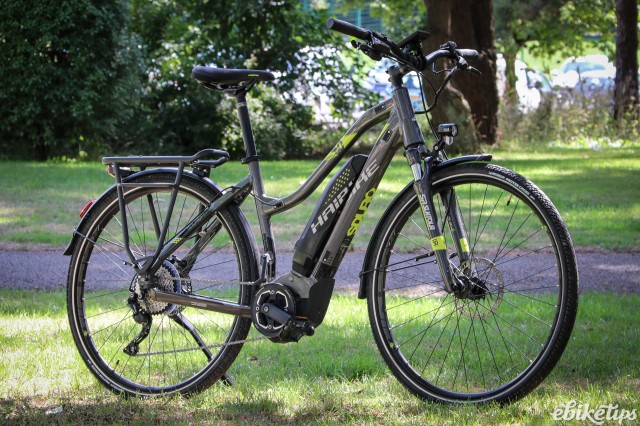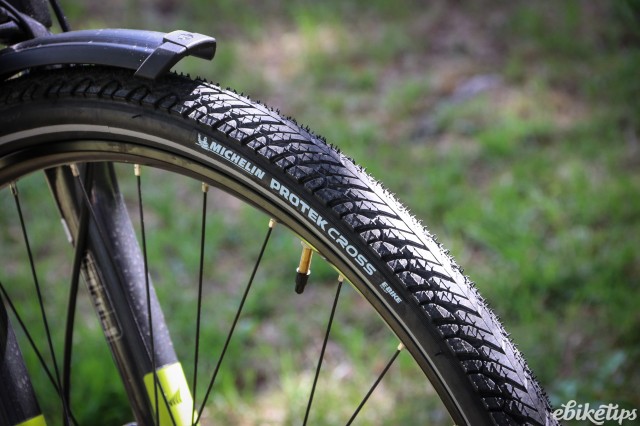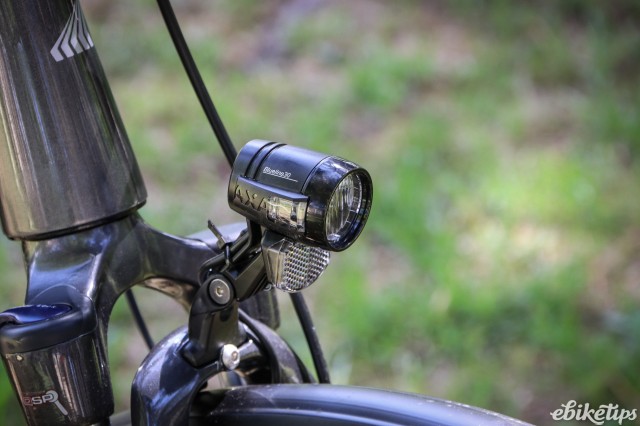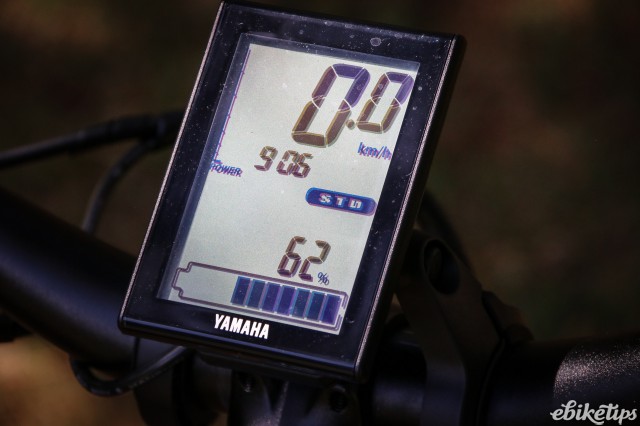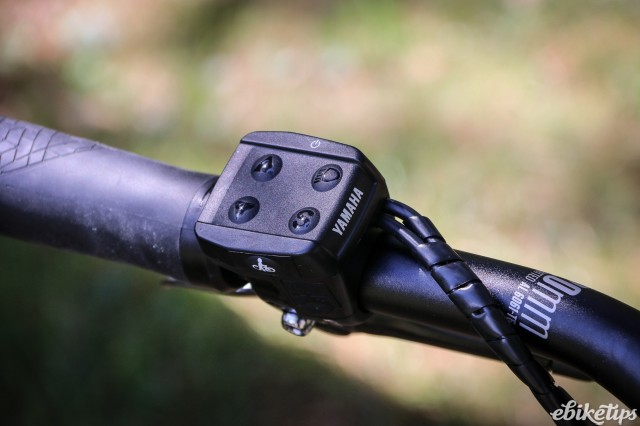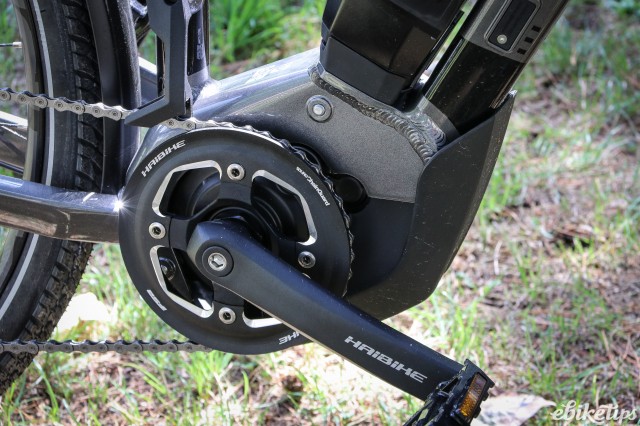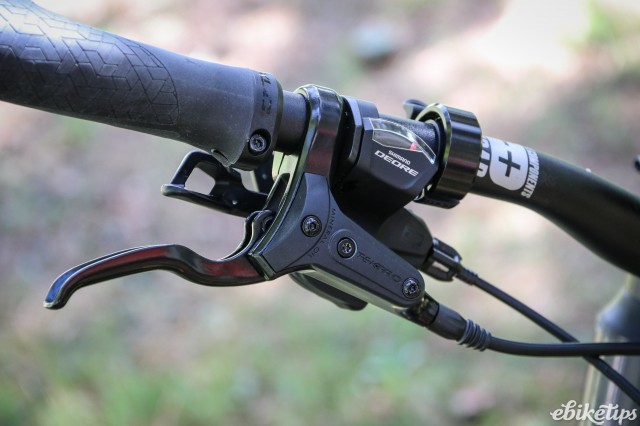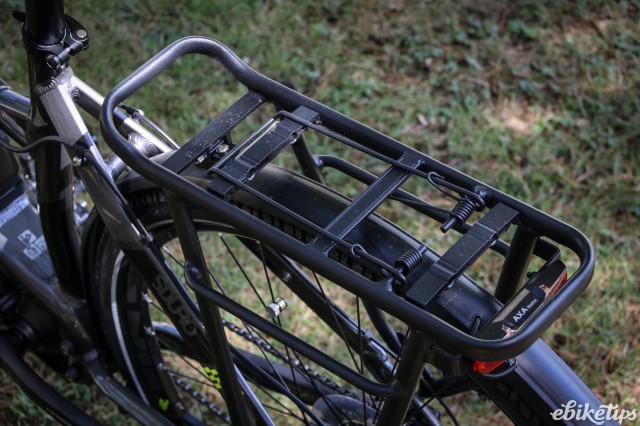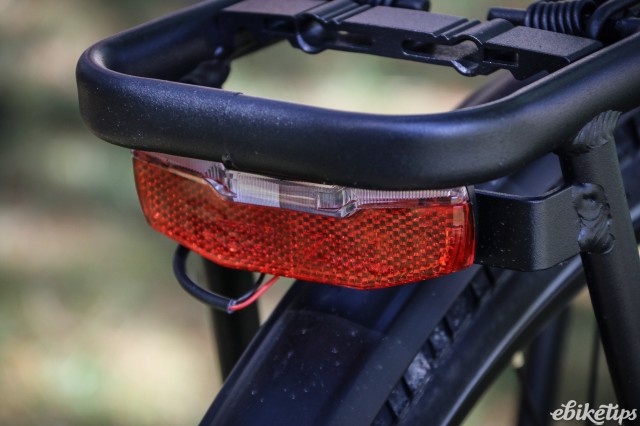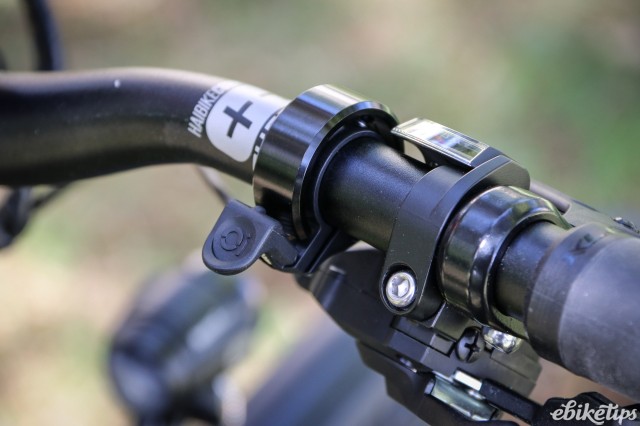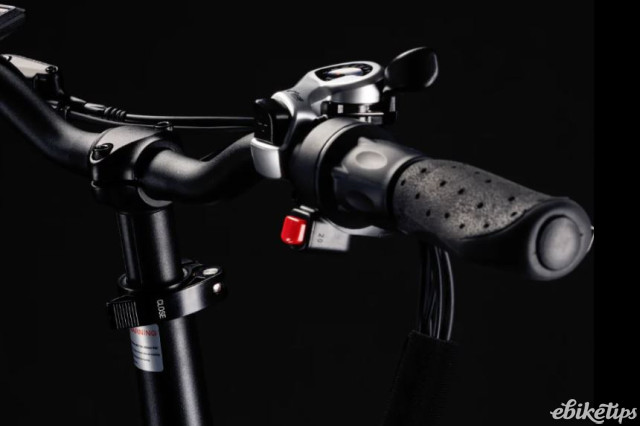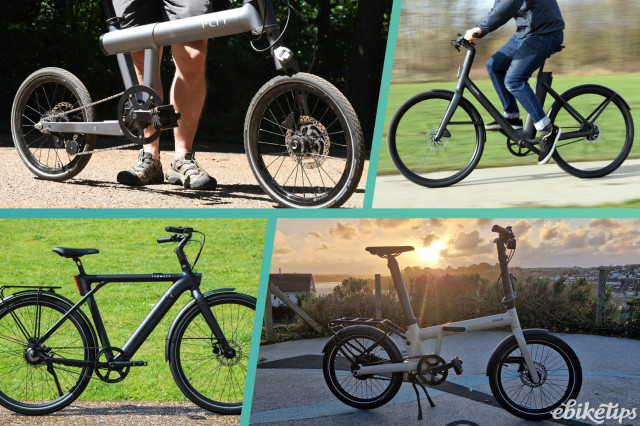Review: Haibike sDuro Trekking 4.0
Overview
- Great range from the Yamaha motor
- Sensible gearing
- Comfortable ride position
- Tyres not great in corners
- Fork average
- Mudguards could be longer
Haibike’s sDuro Trekking 4.0 is a city-oriented build of their hardtail mountain bike frame. It’s well-specced and fun to ride, with a motor that rewards a bit of input from the rider. The range is impressive, and the spec decent for the money. The tyres and fork are the low points.
The build: sensible gearing, good brakes
The sDuro frame is available in standard or low-step configurations, but both are essentially a diamond frame with a heavily shaped top tube. The low-step version, that we have, is just a bit lower at the junction with the seat tube. It’s marketed as a women’s build – the range of sizes is smaller – but realistically it’s the most practical of the two for hopping on and off in the city, and unless you’re really tall it’s the pick of the two.
The build of both bikes is the same. The transmission is a 10-speed Shimano Deore derailleur setup, using a mountain bike rear mech and a wide ratio 11-42T cassette for a healthy range of gears. A 38T chainring means that the gear range is very sensibly weighted towards climbing; It’s unlikey you’d need a bigger gear than 38/11 on a bike like this, and at the other end you get a climbing gear that’s low enough to haul you up the very steepest ascents.
You shift using a RapidFire trigger shifter, and stop yourself with Tektro hydraulic disc brakes which proved to be very effective on Bath’s steep hills. Up front there’s a SR Suntour NEX fork with 63mm of suspension travel and a lockout if you don’t want it. Mostly I didn’t: the suspension travel isn’t well damped and felt a bit juddery hitting potholes and sleeping policemen. Generally speaking front suspension on bikes at this kind of price and below is a bit disappointing; the Haibike wasn’t too bad really.
The ride: a sporty city hybrid
Position-wise the sDuro Trekking is at the sportier end of city. It’s certainly not a sit-up-and-beg: for me the handlebars and saddle were about level. I’m quite long in the leg, so if you were a bit shorter you’d be sat up a bit more, but it would still feel quite purposeful. The wide mountain bike riser handlebars give a nice assured feel to the bike, and the Selle Royal Viento saddle is comfortable enough for longer rides. The 42mm Michelin Protek Cross tyres were a bit disappointing: fine in a straight line but very scrabbly under cornering, leading to some noticeable understeer when taking corners at anything more than a cruising pace.
The sDuro’s heritage is mountain biking but it feels every bit like a city bike in this build, albeit one that’s slightly sportier than average. On the flat it’s perfectly happy cruising along at around the 25km/h assistance limit with the motor adding the minimum of effort to keep you there. The full mudguards are a plus point (though, as usual, they could stand being a bit longer, especially the front one), and the rack is very sturdy and bolted to the frame in two places along the seat stay, meaning large loads shouldn’t be an issue.
The motor: better for those with a bit to give themselves
The sDuro Trekking 4.0 uses Yamaha’s PW motor. It’s not the commonest site on city e-bikes, but it’s a very solid system built by a big manufacturer. With a claimed 70Nm of power on tap it’s nominally in line with Bosch’s Performance Line and Shimano’s E8000 mtb motors. In reality it doesn’t feel that powerful: not necessarily because it isn’t but because of the way it applies power.
If you run a Bosch or Shimano motor in the top assistance mode then you can expect more or less a free ride, with very little rider input required to get maximum output. The Yamaha motor isn’t like that. In high assistance mode the full power is available, but even then you need to be doing a fair bit of work yourself before the motor will supply it. The practical upshot of this is that when you’re climbing a hill, the power bar on the left hand side of the LCD display is normally between about 50% and 75% of maximum. All the modes work like that, and the lower you go the harder you have to work for the assistance, of course.
It’s not right or wrong, just different. And overall it feels more like riding a non-powered bike: the power curve is nice and natural. You will find yourself doing a bit more work, though. As such the motor is a better fit for people with a reasonable base level of fitness from cycling, who are after an e-bike to flatten the hills or make a difficult commute something they can do by bike every day. It certainly suited me very well. The gain from the motor working in this way is range. Normally I’d expect a 400Wh battery on a mid motor bike to survive four days of my commute, which is a 9km round trip with 150m of climbing, some of it fairly steep. The sDuro managed five easily. So the range is definitely extended thanks to the fact that you’re taking up some of the strain yourself. There is a bit of a dive towards zero once you get past about 25% battery.
The mid-mounted LCD is nice and clear, and the bar-mounted remote is easy enough to use, although it’s not as nicely designed as the Bosch one. Lights can be integrated into the system and the sDuro’s AXA Blueline lights were a plus point: there’s plenty of light available from the 30 lux front light for easy progress along even the darkest back lanes, with a sensible cut-off beam shape that directs the light onto the road where it’s needed.
Overall: a city bike for enthusiastic riders
If you want an e-bike that you can just hop on and that will move you about the city with the very minimum of effort, this isn’t the bike for you. It demands a bit of input from the rider, and that makes it a fun bike to ride, with a very natural feel. If you like your cycling but you’d like your cycling to be a bit easier, it’s certainly one to look at. You get a good motor, masses of range, sensible gearing and good finishing kit.
| FRAME | aluminium 6061, HD Interface, quick-release 5 x 135mm, disc brake Post Mount |
| DRIVE UNIT | Yamaha PW-System, 250W, 70Nm, 25km/h |
| DISPLAY | Yamaha LCD |
| BATTERY | Yamaha Lithium Ion, 400 Wh |
| CHARGER | Yamaha quick charger 4A |
| FORK | SR Suntour NEX E25-LO Lockout, steel spring, Travel: 63mm, steel steerer tube 1 1/8", quick release |
| SHIFTING SYSTEM | Shimano Deore M6000, 10 speed |
| GEAR LEVER | Shimano Deore M6000, rapidfire |
| REAR SPROCKET | Shimano HG500, 11-42 teeth |
| CHAIN | KMC X10 |
| CHAIN RING | FSA, 38, steel |
| BRAKE LEVER | Tektro T285, aluminium |
| FRONT BRAKE | Tektro M285, 180mm, 2-Kolben Scheibenbremse |
| REAR BRAKE | Tektro M285, 160mm, 2-Kolben Scheibenbremse |
| TYRES | Michelin Protek Cross, 42-622, 28" x 1.6" |
| RIMS | Rodi Black Rock 21, with eylets, hollow rim, aluminium |
| FRONT WHEEL HUB | Haibike Components TheHub + |
| REAR WHEEL HUB | Haibike Components TheHub + |
| SPOKES | Sapim Leader, black |
| HANDLEBAR | Haibike Components TheBar ++ |
| GRIPS | XLC Comfort bo3 with wrist rest |
| STEM | Haibike Components TheStem +, A-head, Bar bore: 31.8mm, 7˚ |
| HEAD SET | A-Head Tapered, ball bearing |
| SADDLE | Selle Royal Viento |
| SEAT POST | Haibike Components The seat post ++, patent, 31.6mm, aluminium |
| PEDALS | VP E461 mit Reflektor, aluminium |
| HEAD LIGHT | AXA Blueline, 30 lux |
| TAILLIGHT | AXA Blueline |
| DYNAMO | via system battery |
| CARRIER | Systemgepäckträger, XLC Carrymore, max. 25kg |
| MUDGUARD | SKS, chromoplastics |
| KICK STAND | Ursus Mooi, adjustable |
| WEIGHT | 24.6kg |
| TOTAL PERM. WEIGHT | 130kg |
| WHEEL SIZE | 28" |
